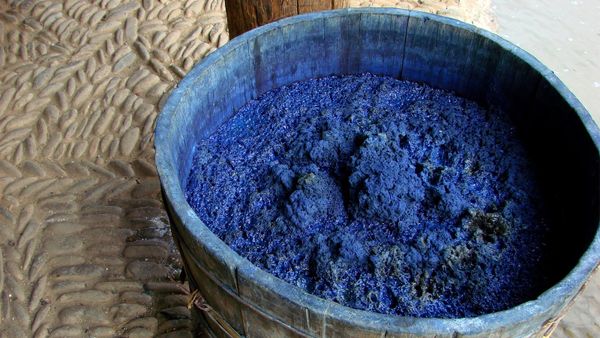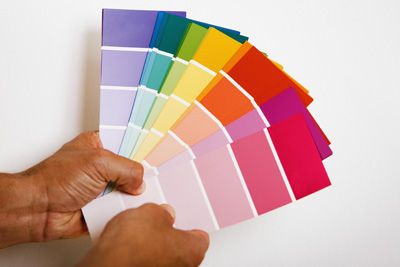Indigo children allegedly get their auras thanks to some intrinsic characteristics they're born with. McCormick, a believer in the indigo child concept, lists some of the most common traits:
- Self-confidence: Indigo children are "free thinkers on a mission." They believe their life purpose is to help others.
- Extreme intelligence: They tend to have high IQ scores.
- Emotionality: Indigo children are extremely sensitive to their emotions, which helps them be empathetic toward others.
- Creativity: Many are artistically and musically gifted, though they get bored easily.
- Rebelliousness: They reject authority and unfairness.
Indigo children aren't just kids with unique characteristics, according to believers. In fact, they are said to be more highly evolved than their peers. McCormick elaborates that indigo children (and adults, for that matter) often possess gifts like telepathy and that some can even "interact with spirits due to their high vibrational energy."
"Many believe that they are here to help usher in a new era of spiritual growth and enlightenment," says Mulla. He notes that indigos are recognized for their "strong sense of justice" and are inspired to go against the grain if it means that they are standing up for what they believe in.
Although many kids are sensitive to some degree, indigo children "are on the far end of that sensitivity," says human design guide Andrea Ward Berg, in an email. "How that can show up may include increased discomfort in certain locations or around certain people, interrupted sleep, heightened imagination, and difficulty adhering to our 'social norms,'" she explains.
Berg has a 4-year-old son whom she believes is an indigo child. "On the one hand, it's incredibly fulfilling to witness him experience the world," she says. "He is wildly creative, thoughtful, and so fun to be with. On the other hand, it's often challenging because he is so far in the extremes when it comes to sensitivity."
She says that she has worked with teachers and family members to "help them understand where his unique experience is coming from." She chooses to view his sensitivity as a gift "so my biggest challenge as a parent is supporting him in developing skills to understand and work in the world while not dampening his sensitivity or planting seeds of doubt around his abilities."




